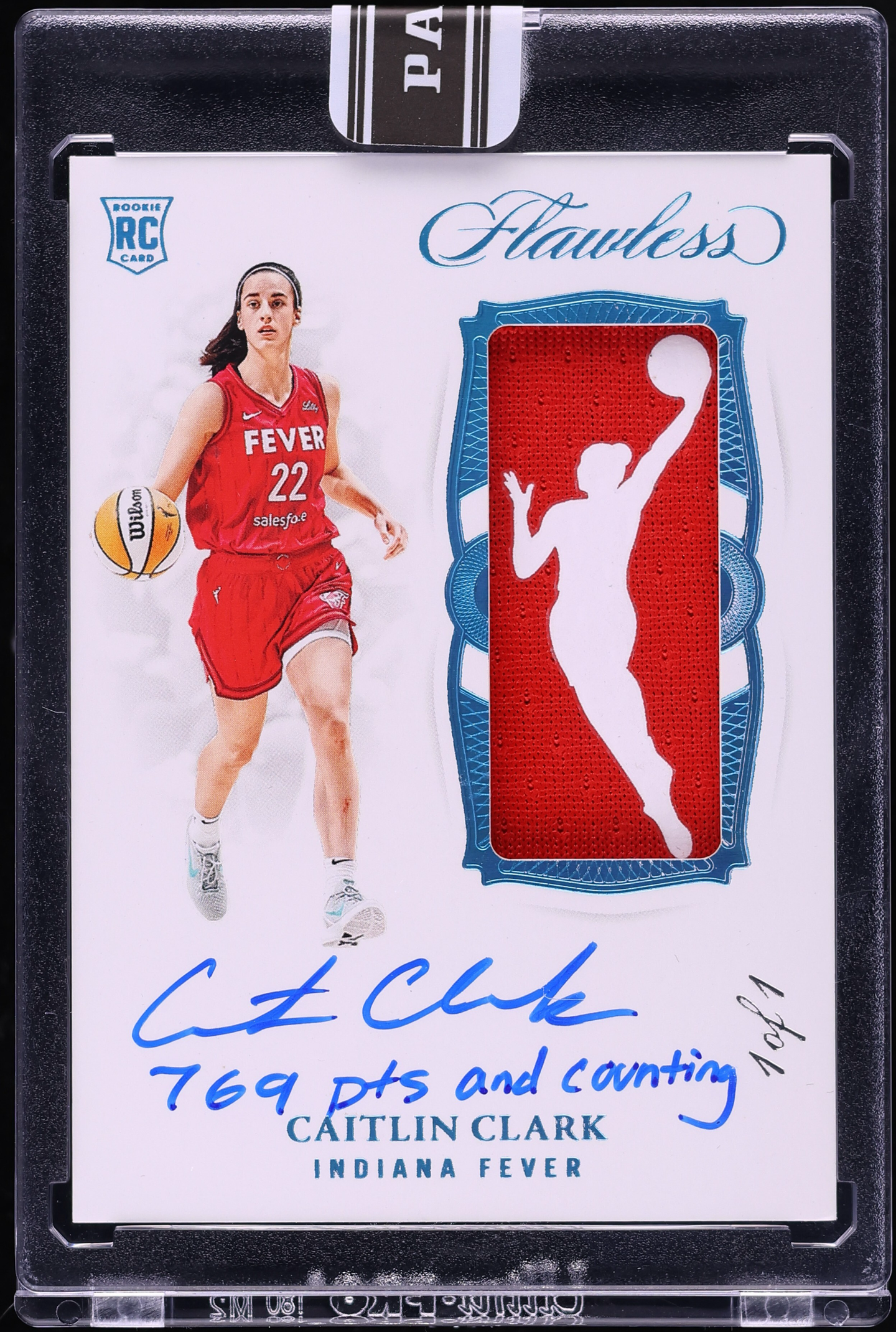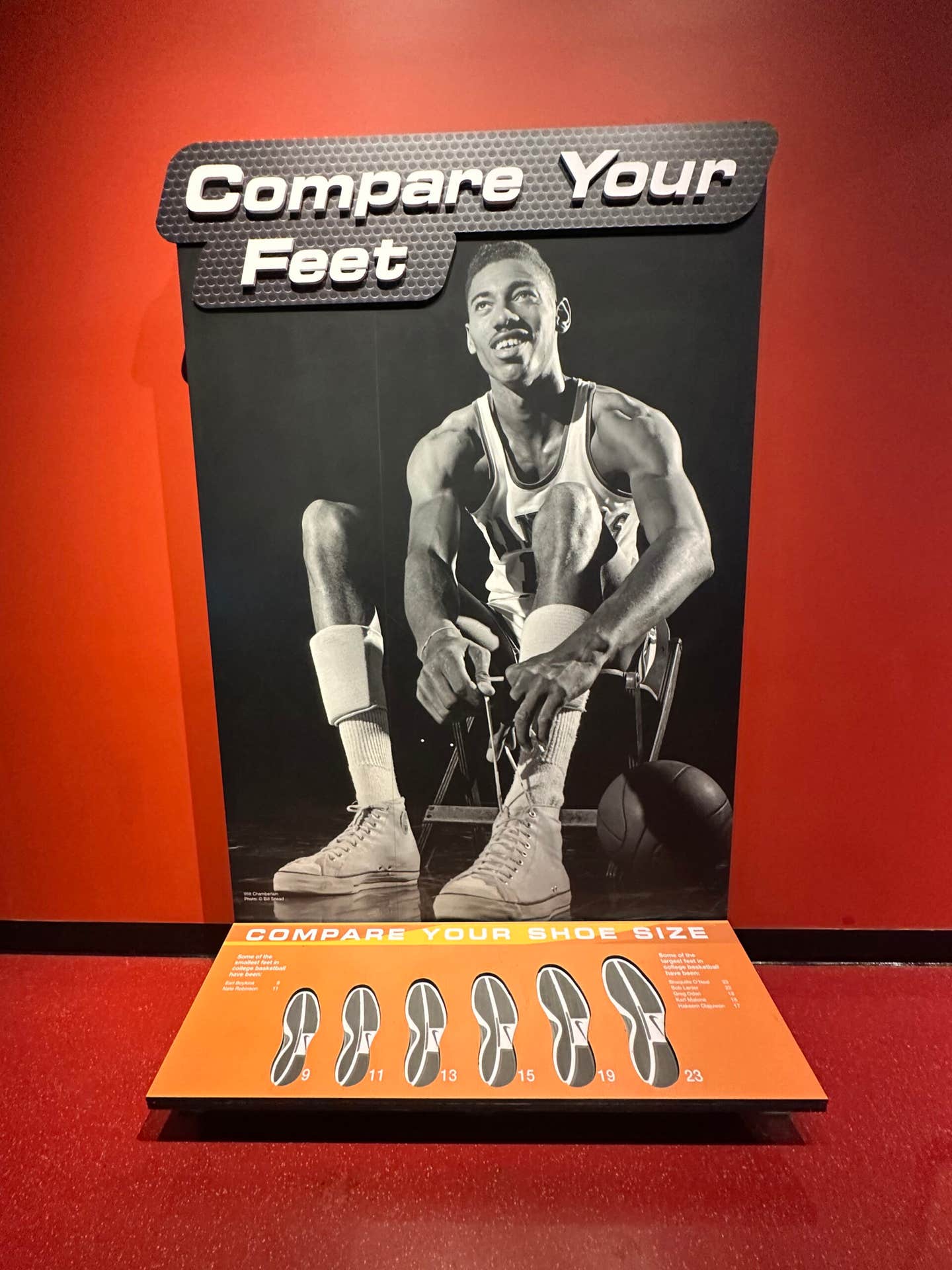The Infield Dirt
Too much boo hoo about Barry
As readers of my column in SCD are no doubt aware, I am the self-appointed world’s greatest Henry Aaron fan, an informal designation that speaks to nothing more than my unrelenting ardor and half-century-plus of serious campaigning on his behalf. I offer that as a disclaimer ... and as evidence that what I am about to write warrants a bit of extra credibility since it defies conventional wisdom and comes from someone who generally writes with a pronounced pro-Aaron slant.
People discussing the approaching demise of Henry’s All-time Home Run King status need to lighten up and simply accept the moment with whatever degree of disdain, disbelief, disgust, disinterest, disregard or elation that seems appropriate for them personally.
What prompted this was an editorial in the largest newspaper in our state (Milwaukee Journal Sentinel) noting that the editorial “they” would be placing an asterisk after Barry Bonds’ name if and when he passes Hank’s No. 755. This solemn edict stems from Bonds’ alleged link to steroids.
Aside from the obvious silliness of individual newspapers deciding which Major League Baseball records they will ratify and which they will deem unworthy, you are confronted with the unworkability of the whole idea. If you look hard enough, you can find any number of reasons to question the validity of records; we just put extra import on this Bonds situation due to “drugs,” because we are at war with them and have been for more than 40 years.
In fairness to the Journal Sentinel guys (non-gender-specific usage), I suspect they weren’t that serious or really literally intend to follow through with the asterisk part. Roger Maris didn’t really get one, either.
There is also much debate about what Bug Selig’s role should be in marking the occasion of the record being toppled, a faux controversy that winds up being mindless fodder for sportswriters.
Of course Selig has to try to be present when the record falls, and I emphasize “try” because it’s an inexact science and the commissioner of baseball can’t be expected to hang around the ballpark like a groupie for a couple of weeks in the event that Bonds doesn’t sock No. 756 in his usual one homer every 11 at bats or whatever.
With that caveat included, how could Selig not make an attempt to attend? Why would he want to feed the controversy surrrounding his beloved game by seemingly turning up his nose as the most important record in baseball history falls? It’s a no-brainer.
* * * * * *
When is a Hall of Famer not a Hall of Famer? Or more precisely, when is a non-Hall of Famer actually a Hall of Famer? Pete Rose would be an example of the former: a player with the visibility and perhaps popularity of a Hall of Famer (including card prices), though he may never actually have the official designation.
Marvin Miller would be the preeminent example of the latter. Both legends are appearing at MAB Celebrity’s April 28-29 show in Secaucus, N.J., with both signing that Sunday afternoon. Miller got rudely dissed by the HOF’s Veterans Committee in late February in a vote that defies understanding as much as it begs for a change in the way the voting is done.
It says here that Miller will ultimately be in the Hall of Fame, one way or another. There’s too much credibility for the organization itself at stake in the process for him not to eventually be enshrined. Miller is 90 years old, so the debate about whether he’ll be around to enjoy sitting in one of those rocking chairs on the front porch of the Hotel Otesaga is legitimate, but there shouldn’t be any real argument about his eventually getting a plaque.
It may not be on par with William Gladstone’s quotation about “Justice delayed is justice denied,” but it seems particularly unfair to me for someone to be excluded from enjoying the ultimate recognition of a life’s work simply because the process of according that recognition is clumsy and inefficient.
Dick Gordon (full disclosure: a friend for more than 20 years) is bringing Miller to that MAB show (www.mabcelebrity.com), and like so many of us, he was thoroughly disappointed and disheartened by the HOF voting results announced on Feb. 27. Miller is appearing at a show with a dozen Hall of Famers, another eventual shoo-in (Ken Griffey), a player who should be a HOFer someday (Andre Dawson), a whole bunch of rookies of the year, and Pete.
* * * * * *
I bet it would make an interesting poll to ask fans whose facsimile autograph was on the very first baseball glove that they owned when they were young. For me it was Moose Skowron on a Denkert glove, but it turns out that the whole idea of attaching the ersatz autograph of your favorite player to a store-model glove is apparently in decline, having lost favor for a number of reasons over the last two decades or so.
Our own Joe Phillips, SCD columnist and the editor of The Glove Collector, the online (www.glovecollector.com) and printed newsletter, was quoted in the New York Times Sunday Sunday edition on April 1 in article entitled “Gloves Without Names.”
Citing Phillips, the article noted that in the late 1970s about 70 percent of store-model gloves came with the facsimile autograph; now, the figure is closer to 80 percent without a signature.
Apparently the combination of increased licensing fees, declining demand and changes in the way gloves are wholesaled around the country came together to spell the demise of the once iconic product. The example noted in the article was a youngster in New England coming upon an Alex Rodriguez model glove at the local sporting goods store, giving our hypothetical Beantowner simply another reason not to buy the glove.
The executive quoted, Tom DeSimone, a buyer for Modell’s, did point out that his best-selling glove is actually a “relatively inexpensive $29.99 Derek Jeter model intended for children under 12.”
I wonder how many adults end up buying that particular item as something to be used to get a real Derek Jeter signature on it?
* * * * * *
Speaking of player endorsements, probably the most famous instance of that coming up as an issue would be the T206 Honus Wagner card. While the folks outside the hobby often ascribe the scarcity of the Wagner card to an alleged distaste for tobacco products that Honus was said to have had (contradicted somewhat by his 1948 Leaf card), hobby veterans often put stock in yet another view.
The seemingly more sophisticated take on the T206 rarity is that Honus objected to not be properly compensated for using his image, since he was arguably the brightest star in the baseball universe at the time.
Either way, the T206 Wagner has been one of the most widely reprinted cards in hobby history. The result of that is, of course, that we get on average a handful of phone calls every year with the excited fan clutching a T206 Wagner in one paw while breathlessly asking me about its value.
I routinely ask the collector to turn to the card’s back and read me what it says. “This card is one of the most coveted in the sports card hobby, selling for as much as $80,000,” is roughly what they end up telling me in reading from the back of the “card.” And then I have to gently explain that the $80,000 figur
e is a fairly conspicuous hint about the authenticity of the pasteboard.
I am not sure (I could ask noted autograph expert Mike Gutierrez), but I have a suspicion that it’s a lot more fun to be the guy on the PBS television show “Antiques RoadShow” telling some unsuspecting collector that is memorabilia is worth a kazillion dollars more than he/she thought, rather than being the guy who ended up bursting their bubble.








